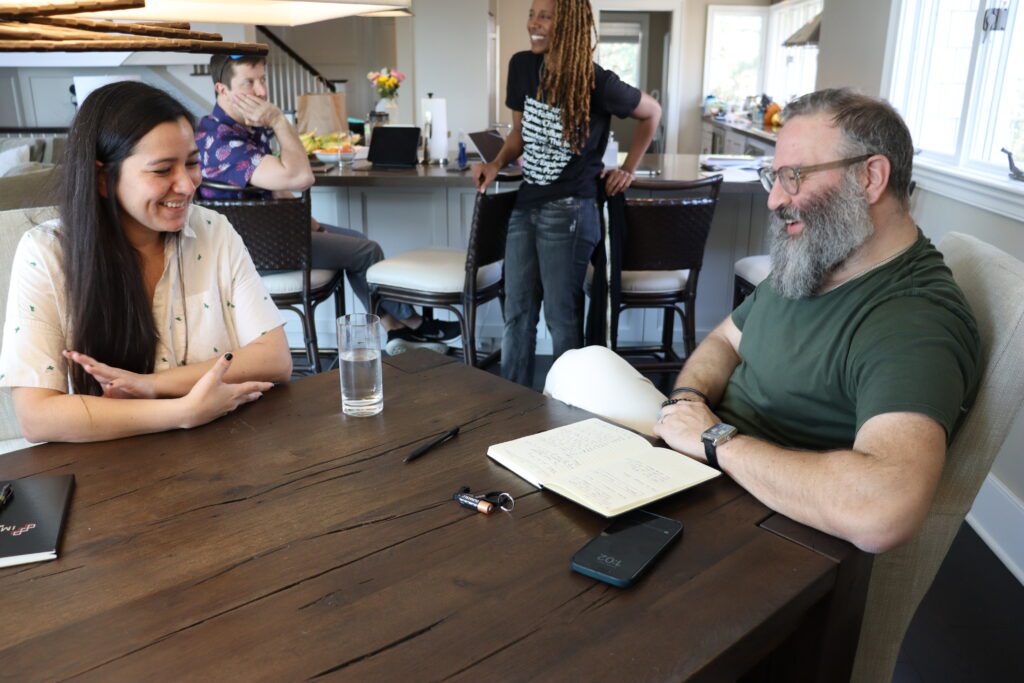The political industry is fast-paced and pressure-packed, which often means we’re working with clients on extremely tight deadlines and decisions made in the heat of these moments can be the difference between winning and losing for campaigns.
So conflict is inevitable. The best client-consultant or consultant-partner relationships are ones in which trust can be built up on both sides, making those difficult conversations a little easier to have.
Now, consultant-client disagreement takes many different forms, but in my experience a good number of the disputes I end up offering advice to firm owners about revolve around workflow conflict. Some form of, “Hey, our expectation when embarking on this project seems like it was a bit different than yours and we’re not quite in sync.”
In these situations, it’s important to give yourself a gut check: Are we talking about little stuff that’s mildly annoying to you personally, that you could really just let go? Or are we talking about problems that, if not addressed, are going to blow up into much bigger problems?
If you can ignore the issues in question without negatively affecting the outcome you’re trying to achieve in your work or any of the relationships involved, and if the annoyance is temporary, this might be a good option. Otherwise, and frankly these situations often fall into this category: letting it fester is tantamount to shirking your responsibility to your client. Don’t do that.
So here’s what I offer as a generalized framework to approach these types of issues: First, decide who on the client side is best to take this up with. Is this something that needs to be immediately run up the chain? If someone on your client’s team is the source of conflict, is going directly to their boss the right move?
I will say there are a few very select instances in which going over someone’s head makes sense. Almost all of them involve situations in which it’s not safe for you to communicate directly with someone because they’re harassing or abusing you in some way. If that’s not the case here, don’t do this.
Except for the aforementioned circumstances, it’s not fair to raise a flag to someone’s boss without giving them an opportunity to address your concern first, and then, if it still needs to escalate up, to defend themselves.
If someone wrote a book called How to Make Enemies and Annoy People, there would probably be a whole chapter on jumping the line of command. (Side note: that’s a great book idea. I hope someone reading this steals it if it hasn’t been done already.)
Confrontation is never fun. But unless you’re in some kind of danger, communicating directly is usually both the most efficient way to solve the problem and the morally right thing to do. Bonus: you’ll often find, in the process of talking it out, that the issue wasn’t nearly as dire as you thought, and that it can be solved with better communication between you and the person you’ve got a problem with.
If you’re choosing this option, I’ll also challenge you to approach the conversation with curiosity and compassion. Try to avoid accusing anyone of anything or using the word “you” at all. Instead, use “I” statements and name your feelings.
“Hey, I’ve been feeling a little confused and hurt because I thought we had agreed last week that we should prioritize getting X thing done by Tuesday and it doesn’t seem like it happened. But I realize now I’ve been blaming you for that in my mind instead of communicating directly, and I’m really sorry. So I just wanted to check in on a few fronts. First, are you ok? Second, did I misunderstand the agreement? Third, if so, what was your understanding, and how can we work together to get this done?”
That’s not a perfect template, because the severity and type of these sorts of issues will obviously vary. But an approach that takes this tone is generally going to get you a lot farther than “Hey, why the *bleep* isn’t X done yet?”
If you work in this industry, I know you’re busy and stressed out. We all are. But try to dig deep and take the time to be fair and kind when dealing with consultant-client conflict. You’ll almost certainly be glad you did.


